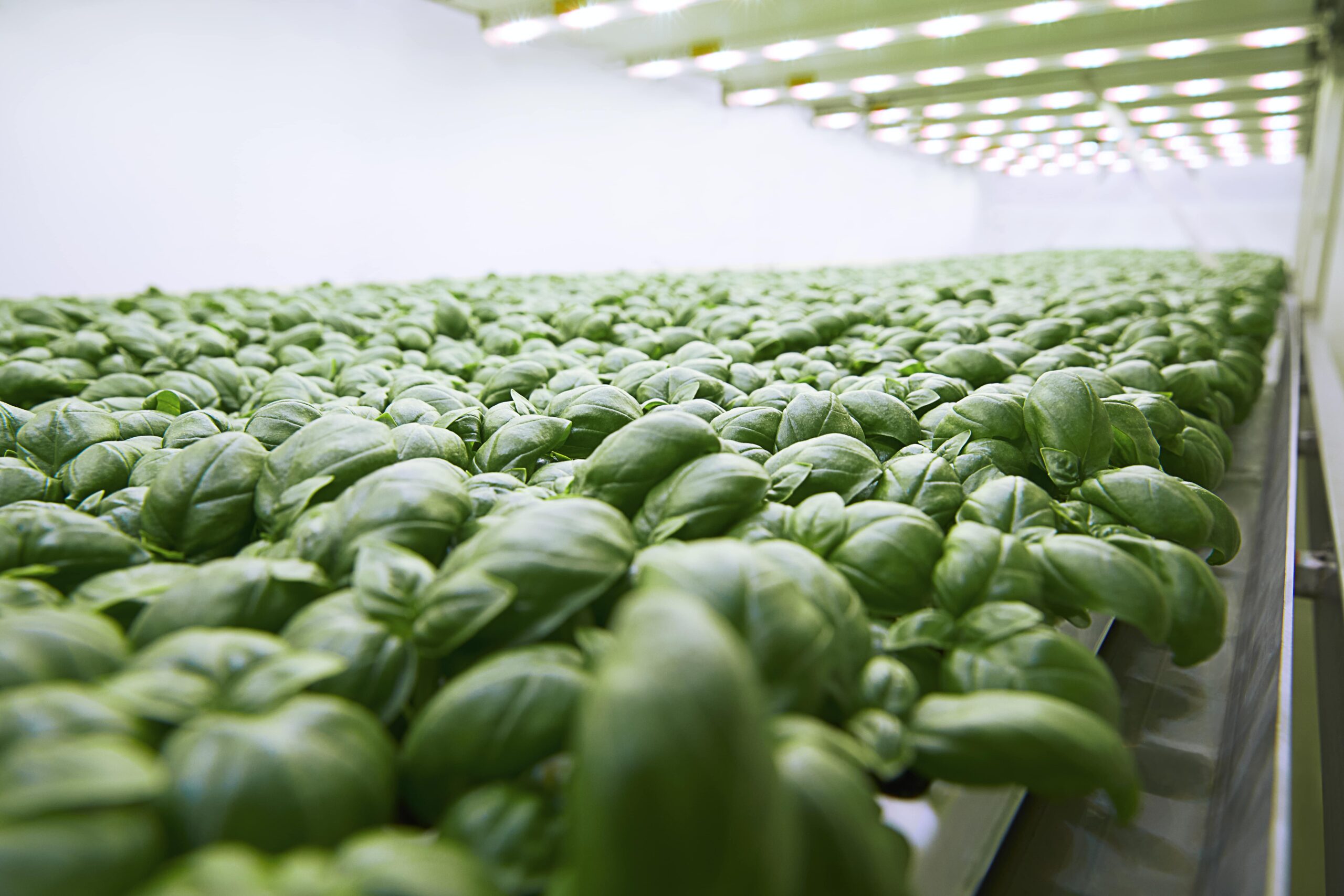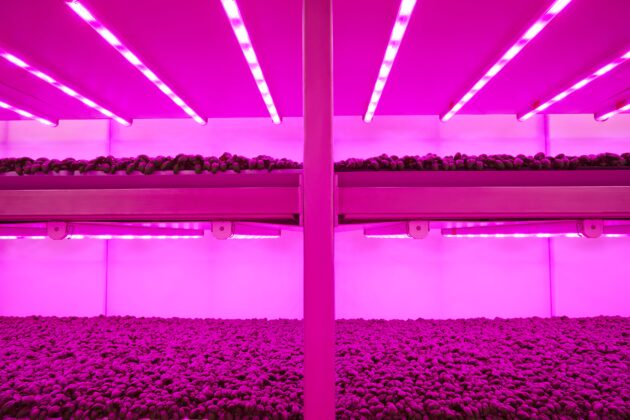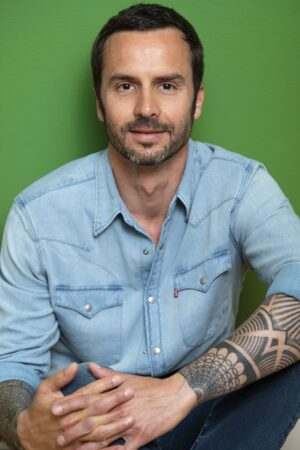
Features
Business
Grower Profiles
Lighting
On the path to building Europe’s largest vertical farm
Planet Farms shares its journey to building Europe’s largest vertical farm.
September 7, 2021 By Luca Travaglini

Planet Farms was born in 2018 out of a vision shared with my childhood friend, Daniele Benatoff.
After our lives had diverged for a while, we reconnected at a pivotal moment. I had spent my career developing an expertise in food production processes and technology, but after a major health scare, I changed my life to focus on the impact food has on our well-being. Daniele had built his career in finance in London, investing in and analyzing some of the world’s greatest businesses, but was ready to make a change. He wanted to build a business that was purpose-driven, sustainable, and, above all, exciting.
Vertical farming was in its infancy, and together we defined a vision to develop a unique vertical farming facility that would guarantee fresh and high-quality products thanks to a highly efficient and environmentally responsible process. We focused on producing baby leaf salads and aromatic herbs such as basil. Along the way, we met incredible team members, investors, clients and partners. One of our key partners was Signify, they shared our vision and supported us in carrying out an intensive research program into the right LED lighting for our facility and crops.
Intensive research program
The only way to enter this business is by doing research. It’s about food and it’s about technology, and you have to understand both. We got to where we are today because we spent a huge amount of time and money on research, from 2014 to 2018. I always try to understand every facet of every element in the system. If you take a seed and change the humidity, for example, you will get a completely different product. Each crop is working with the same basic elements: air, water, light, and soil. Light and climate are the two most important paths for the future. It was challenging to create the right climatic solutions for all of our crops.
We first carried out several growing trials with LED lighting with Signify’s plant specialists at the innovative GrowWise Center in Eindhoven, The Netherlands. To test out all of the other parameters involved in the process, we then built a vertical farming R&D facility in Milan, Italy.

Our R&D facility has fully-automated irrigation, climate control and logistics systems. Sensors measure data to manage, steer and improve the process. The facility includes a germination room for planting seeds, three multi-layers growing rooms, and a room for cutting and packaging the produce. We started using the Philips GrowWise Control System and Philips GreenPower LED production Module in the R&D facility where we built the light recipes that would later be used in our commercial vertical farm. These light recipes recreate the light at different times of the day and the changing seasons and can be adapted according to the growth phase. Based on our research and adaptations, we now have a fully integrated lighting dashboard in our operating system at our commercial vertical farm that allows us to be completely flexible. We can change the spectral compositions of the light, timing and intensity from our own system, where all processes are linked.
“Vertical farming is a fairly new industry, so we all have to work together to find the solutions that will work for our customers, crops and business models.”
Our 4 key learnings
Understand what you need to succeed.
To be successful in vertical farming, you have to identify exactly what crop you want to produce, how you want to grow it, and the results you want to achieve, because every player is producing in a different way. What makes conventional agriculture particularly complex is its dependence on mother nature, because she’s always changing. In our vertical farm, we replicate her work in a perfect way, recreating the most suitable climate and growing conditions for each crop indoors. Another peculiarity of our industry is that you cannot buy equipment just anywhere. Every single light, piece of engineering, water system, part and technology is specialized. We can’t buy anything off the shelf. The only way to succeed is to know what you need because only then can you find a supplier who can help you.
Make your customers your ambassadors.
In Italy, taste is a king, so we began working with leading chefs from the beginning. The minute they taste our produce, they are convinced. One of the biggest advantages of our product are its quality and consistency. Our process is always the same, so we can supply exactly the same quality all year round. We now have an entire network of chefs promoting our products and we are regularly contacted by culinary experts who have heard about us from their own network.
Build sustainability in right from the beginning.
We started this journey with a clear vision of creating the ultimate sustainable farming business, where we can feed our communities fresh, nutritious and flavourful food that is good for the people and the planet. To us, it made no sense to build a huge facility in the middle of Italy: it had to be close to our customers. We also had to think about our water usage. Our plants only receive the exact amount of mineral-enriched water necessary for their well-being through their roots. All excess water is recovered, rebalanced and recirculated, drastically reducing waste.
Work together to build our future.
Looking ahead, vertical farming will depend on other developments within the industry and the society. If you want to enter this industry, you need a significant capital investment, but you also need to continually research new varieties and crops. Rather than competing with traditional farming, I think we should all share information and work together. Only by doing so can we make sustainable farming successful.
 Luca Travaglini is co-CEO and co-founder of Planet Farms. The company’s first vertical farm is based in Cavenago in Brianza, in the outskirts of Milan. They are working to expand in Italy and Europe.
Luca Travaglini is co-CEO and co-founder of Planet Farms. The company’s first vertical farm is based in Cavenago in Brianza, in the outskirts of Milan. They are working to expand in Italy and Europe.
Source: Signify
Print this page